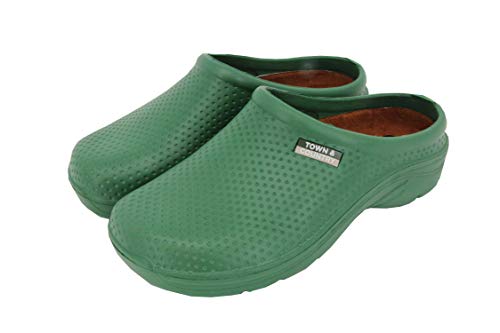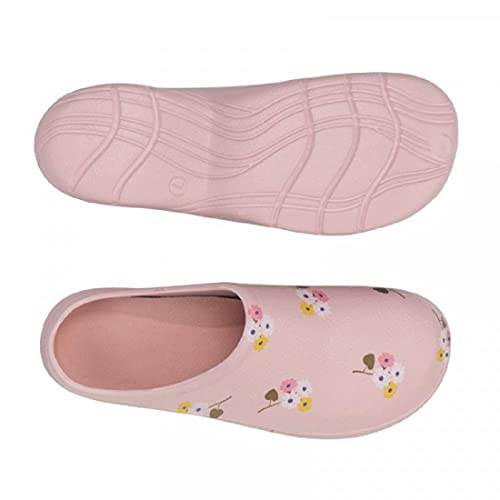Understanding the Importance of Proper Garden Shoes
Why Good Shoes Matter in the Garden
When we step into the garden, we often think about tools and plants, but let’s not overlook our footwear. Proper garden shoes protect our feet from potential hazards like sharp tools, uneven surfaces, and wet conditions. They provide the needed stability and support, allowing us to move around quickly and efficiently, whether we’re digging, planting, or weeding. Choosing the right shoes can enhance our gardening experience by preventing discomfort and injuries, ultimately allowing us to enjoy our time outdoors.
Exposure to the Elements
Gardening involves exposure to various elements such as mud, damp grass, and even the occasional thorny plant. If we wear improper footwear, our feet can end up wet or injured, affecting our entire gardening experience. Good garden shoes are designed to repel water and resist punctures, so we can focus on nurturing our plants rather than worrying about our footwear.
Key Features to Look for in Garden Shoes
Material Matters
When selecting garden shoes, consider the material first. Waterproof materials like rubber or high-quality synthetic fabrics are ideal, as they keep our feet dry while being easy to clean. Breathability is also crucial; shoes with mesh panels can help regulate temperature and prevent sweaty feet during warmer days.
Slip Resistance for Safety
Another critical feature of good garden shoes is slip resistance. A firm grip is essential, especially when navigating wet and muddy surfaces. Look for shoes that have textured soles designed to provide traction and prevent slipping, ensuring that we remain steady even on challenging terrain.
Comfort Features
Comfort should never be overlooked. Cushioned insoles and adequate arch support play a vital role in reducing fatigue during long gardening sessions. Shoes with padded collars and tongues can also prevent rubbing against our ankles, enhancing our overall comfort.
Recommendations for Different Gardening Activities
For General Gardening Tasks
If we’re indulging in various gardening activities, a versatile pair of slip-on clogs or ankle boots with a waterproof upper can serve us well. They provide ease of use, allowing quick removal and putting on, which is especially useful when transitioning from indoor to outdoor work.
For Heavy-Duty Gardening
For those who engage in heavy-duty gardening tasks like digging or hauling materials, sturdy wellington boots with reinforced toe protection are an excellent choice. They not only keep our feet protected from falling objects but also offer significant support during strenuous tasks.
For Warm Weather Gardening
On hot days, consider getting breathable gardening sandals designed with a closed toe and heel. These will allow air circulation while protecting our feet from potential injuries and keeping them cooler under the sun.
Choosing the Right Size and Fit for Comfort
Measuring for the Perfect Fit
Finding the right size is essential for comfort and safety. We should measure our feet by standing on a piece of paper and tracing the outline, marking the heel and toe points. This can help us identify the best size when shopping, as sizes may vary across brands.
Trying Before We Buy
Whenever possible, trying on garden shoes is crucial. Walking around in them will help us assess if there are any pressure points or areas of discomfort. A little extra room is beneficial; we want our toes to have space without sliding around.
Caring for Your Garden Shoes to Ensure Longevity
Regular Maintenance
Proper care extends the life of our garden shoes significantly. After use, cleaning them promptly will prevent dirt and mud from building up. A soft brush or cloth combined with mild soap can effectively maintain their appearance and function.
Storage Considerations
When we’re not using our garden shoes, storing them in a cool and dry place helps to preserve the materials and stop mould growth. Avoid leaving them in direct sunlight for prolonged periods, as it can damage the texture and flexibility.
Repairing Instead of Replacing
If we notice minor damage, such as a separated sole or a small tear, look into repair options instead of immediately replacing them. Many types of footwear can be repaired, ensuring we make the most out of our investment.




































